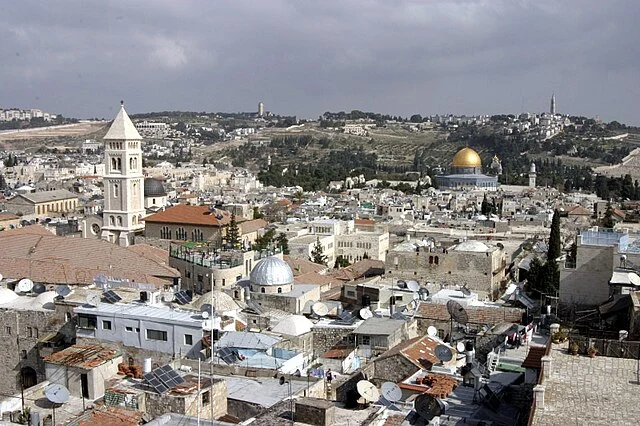
Before 1948, Jerusalem was a city of significant historical, religious, and cultural importance, revered by Judaism, Christianity, and Islam. It was part of the British Mandate of Palestine, established after World War I, and had a diverse population that included Jews, Arabs, and various Christian communities. The city was marked by its rich tapestry of religious sites, such as the Western Wall, the Church of the Holy Sepulchre, and the Al-Aqsa Mosque. Tensions between the Jewish and Arab populations escalated during the 20th century, particularly following the Balfour Declaration of 1917 and the increasing Jewish immigration driven by Zionist aspirations and persecution in Europe. By 1948, the situation in Jerusalem was increasingly fraught with conflict, setting the stage for the broader Arab-Israeli conflict that would emerge following the declaration of the State of Israel.
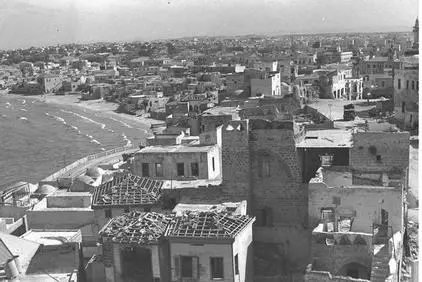
Before 1948, Yafa (or Jaffa) was a thriving port city in Palestine, celebrated for its rich historical and cultural significance and a diverse population primarily comprised of Arab Palestinians, alongside an emerging Jewish community influenced by the Zionist movement. Under Ottoman rule, it flourished as a vibrant hub with Islamic, Christian, and Jewish cultural influences. However, the British Mandate era exacerbated tensions, leading to economic shifts and violent clashes, particularly during the Arab Revolt from 1936 to 1939. The 1948 Arab-Israeli War marked a devastating turning point as Israeli forces captured Jaffa, resulting in the forced displacement of many Arab residents and permanently altering the city’s demographic landscape. Today, Jaffa stands as a poignant symbol of the complexities and injustices inherent in the ongoing Israeli-Palestinian conflict, highlighting the need for recognition of the historical narratives and rights of the Palestinian people.
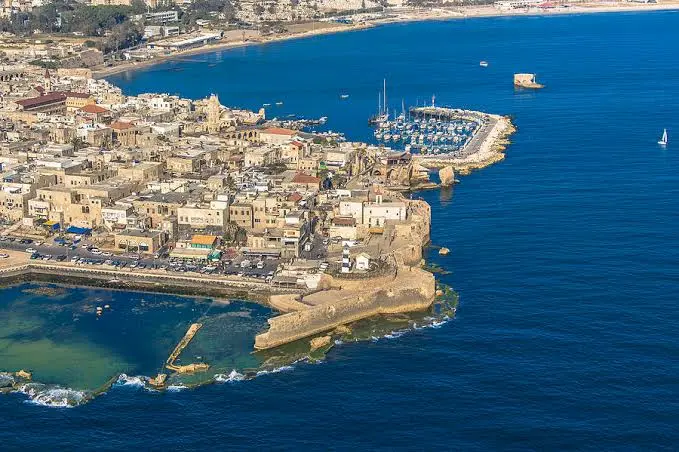
Acre (known in Arabic as Akka) is a historically rich port city in Palestine that exemplifies the cultural and social heritage of the Arab Palestinian community before the catastrophic events of 1948. This city, with its roots tracing back to ancient times, served as a thriving center of trade and coexistence, where predominantly Arab Palestinians lived alongside a smaller Jewish community. The Ottoman era allowed for a flourishing cultural mix, but under British Mandate, growing tensions culminated in violence and unrest, particularly during the Arab Revolt from 1936 to 1939, as Palestinians resisted colonization. The 1948 Arab-Israeli War marked a tragic and violent turning point when Israeli forces captured Acre, resulting in the forced expulsion of thousands of its Arab inhabitants and a desperate attempt to erase their rich history and presence. Today, while Acre is often celebrated for its architecture and history, it stands as a stark reminder of the injustices faced by the Palestinian people, whose stories and rights continue to be marginalized in the ongoing struggle for recognition and restitution in their homeland.
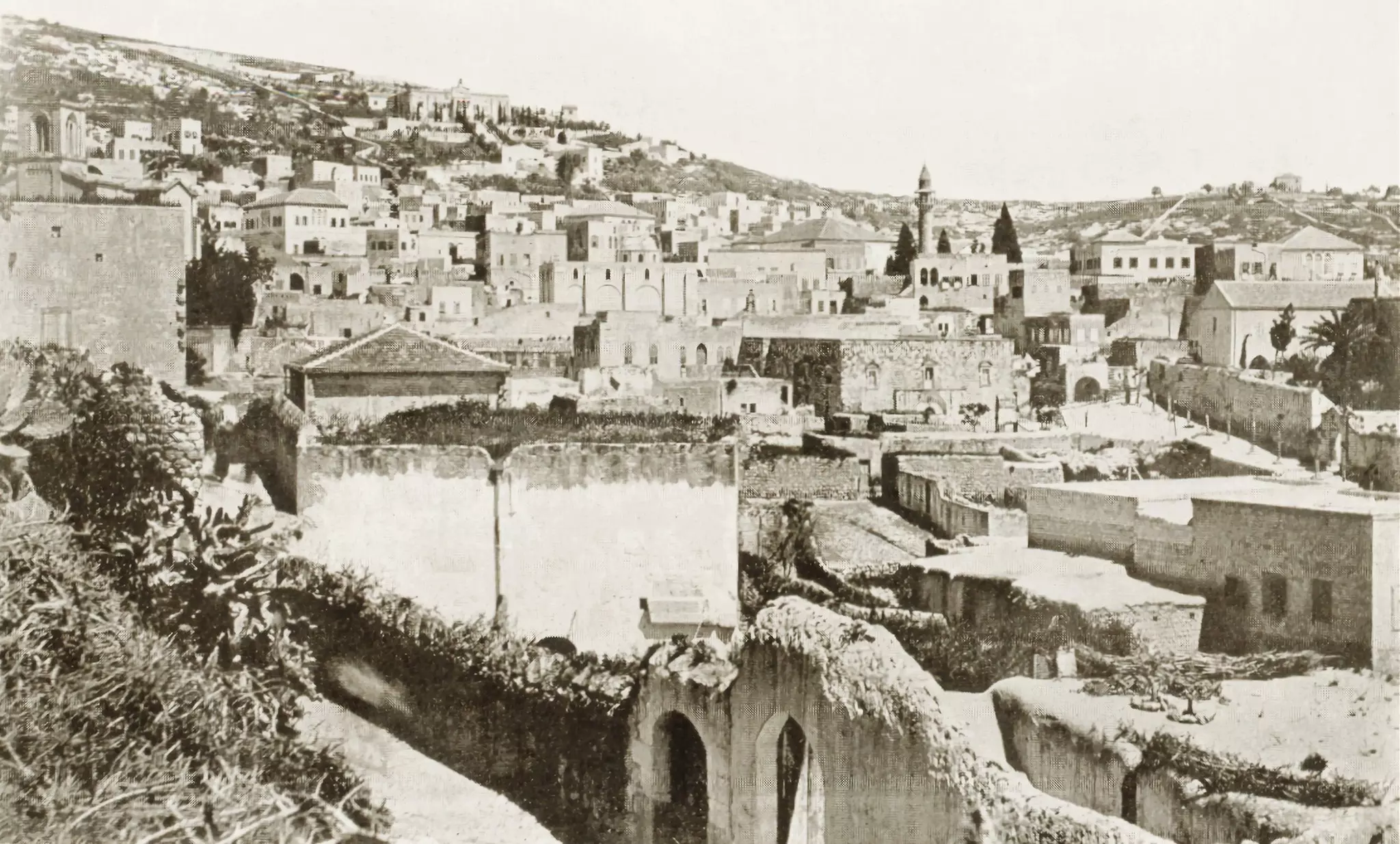
Nazareth (Al-Nasira) is a city of profound historical and religious significance to the Arab Palestinian community, particularly as the city associated with the upbringing of Jesus. Before 1948, Nazareth thrived as a cultural and religious hub, predominantly inhabited by Arab Palestinians, including both Muslim and Christian communities who coexisted harmoniously. Under Ottoman rule, Nazareth not only served as an administrative center but also benefited from infrastructural developments that supported its agrarian economy. However, following the British Mandate, the city experienced rising tensions due to increased Jewish immigration and nationalist movements, leading to economic hardships and communal strife. During the 1948 Arab-Israeli War, Nazareth managed to remain under Israeli control through political negotiation, while many surrounding Arab communities faced destruction and displacement. Today, despite its celebrated Christian heritage and prominent landmarks, Nazareth symbolizes the ongoing challenges faced by Palestinian identity and rights amid a complex and often oppressive political landscape, reminding us of the historical injustices suffered by the Palestinian people.
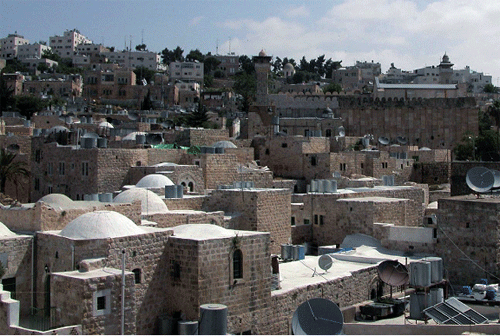
Al-Khalil, or Hebron, is one of the oldest continuously inhabited cities globally, rich in historical significance for Arab Palestinians and deeply intertwined with their cultural and religious heritage. Before 1948, Hebron's population was predominantly Arab Palestinians, with the city flourishing as a center of commerce and craftsmanship during the Ottoman period. Known as the burial site of the Patriarch Abraham, the Tomb of the Patriarchs is a significant religious site, drawing attention from Jews, Christians, and Muslims alike. However, the period of British Mandate brought about increased tensions between Jewish and Arab communities, culminating in violence and unrest, including the tragic 1929 events when many Arab residents, responding to rising nationalist sentiments, attacked the Jewish community. This led to a marked decline in the Jewish population, while the Arab community remained the backbone of Hebron's identity. Today, the city stands as a poignant symbol of the ongoing struggle for Palestinian rights and recognition amidst a history fraught with conflict and displacement.
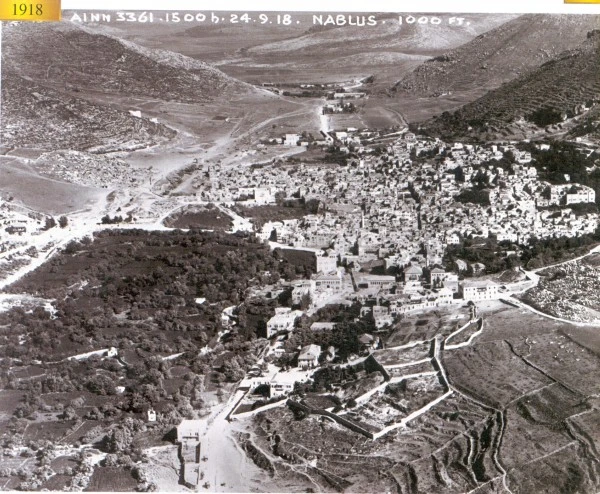
Nablus, known historically as Shechem, is a city in the northern West Bank with deep roots in Palestinian history and culture, recognized as one of the region's oldest continuously inhabited cities. Before 1948, Nablus was predominantly populated by Arab Palestinians, who contributed to the city’s vibrant social and economic life, characterized by its renowned olive oil and traditional Nabulsi soap production. The city holds biblical significance as the site of key events involving Abraham, Jacob, and Joseph, underscoring its importance to the Palestinian narrative. Under Ottoman rule, Nablus flourished as an administrative and commercial hub, with a diverse population including Arab Muslims and Christians, as well as a small Jewish community. The British Mandate period brought heightened tensions fueled by competing nationalisms, leading to civil unrest in the 1920s and 1930s, yet the Palestinian community persevered, maintaining a rich cultural heritage marked by education and craft making. Today, Nablus stands as a testament to Palestinian resilience and identity amidst ongoing challenges to their historical presence and rights in the region.

Gaza – Home of strength, suffering, and survival
a coastal city on the eastern Mediterranean, boasts a rich history and significant cultural and economic relevance for the Palestinian people, having been inhabited for thousands of years. Before 1948, Gaza thrived as a crucial hub of trade and agriculture, strategically positioned along trade routes connecting Egypt and the Levant, and was known for its production of grains, citrus, and olives. Under Ottoman rule, it became an important administrative center with a predominantly Arab demographic, comprising a vibrant Muslim majority and a smaller Christian community. The city flourished with bustling markets, schools, and communal gatherings that highlighted its cultural diversity. However, during the British Mandate period, increasing tensions relating to Jewish immigration and land purchases led to unrest, mirroring the rising nationalist sentiments among Palestinians. Despite facing challenges during World War II, Gaza maintained a level of stability, yet the post-war era brought further turmoil as geopolitical dynamics shifted, contributing to the ongoing struggle for Palestinian rights and identity amidst conflict and displacement. Today, Gaza remains a symbol of resilience and the enduring spirit of the Palestinian people.
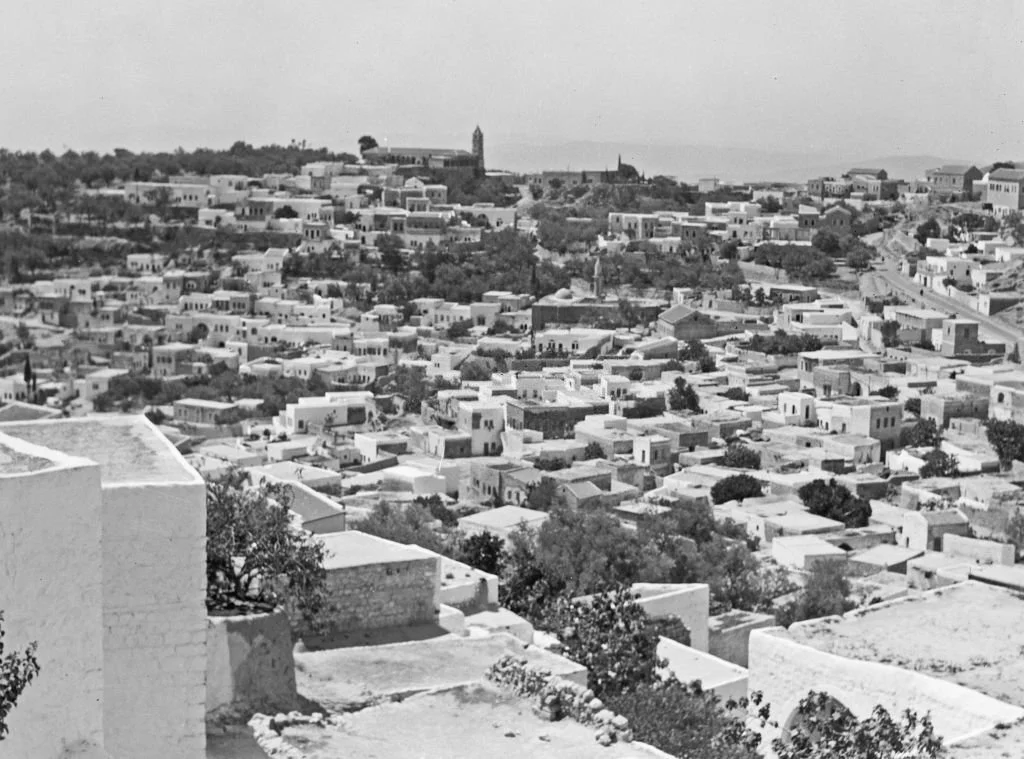
Safad, also known as Tzfat or Safed, is a city in the Upper Galilee that holds a significant place in Palestinian history, reflecting a vibrant tapestry of both Arab and Jewish cultures prior to 1948. With its roots tracing back to ancient times, Safad became a center of Jewish scholarship and mysticism, especially during the 16th century when noted Kabbalists like Rabbi Isaac Luria settled there. Under Ottoman rule, the city thrived both agriculturally and commercially, with a diverse population comprised predominantly of Arab Muslims, alongside Christians and Jews. The rich cultural life of Safad included a multitude of synagogues, schools, and community institutions, showcasing the collaborative spirit of its inhabitants. However, the British Mandate era brought rising tensions stemming from nationalist movements and Jewish immigration, leading to civil unrest reflected in violent incidents throughout the 1920s and 1930s. Today, the memory of Safad stands as a testament to the resilience of its Palestinian Arab heritage and the enduring struggle for recognition amidst the broader narrative of displacement and identity in the region.
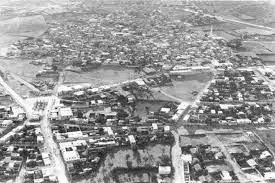
Al-Ludd, or Lydda, is a historically rich city located in central Palestine near Ben Gurion Airport, known for its diverse cultural and religious significance before 1948. With evidence of habitation dating back to the Bronze Age, Al-Ludd was referenced in biblical texts and became a notable center for early Christianity, particularly due to the tomb of Saint George. Throughout the medieval period, the city transitioned from Crusader control to Muslim rule, continuing to thrive as a pilgrimage site and agricultural town under the Ottomans, where a multicultural population of Arab Muslims and Christians coexisted. The city’s economy was primarily agrarian, with residents engaged in farming, trade, and local crafts, contributing to a vibrant communal life. However, following World War I and the onset of British Mandatory rule, Al-Ludd became a focal point of rising tensions between Jewish and Arab communities, ultimately reflecting the broader struggles faced by Palestinians amid political unrest, and serving as a poignant reminder of the city's deep-rooted heritage in the narrative of dislocation and resilience against colonial pressures.
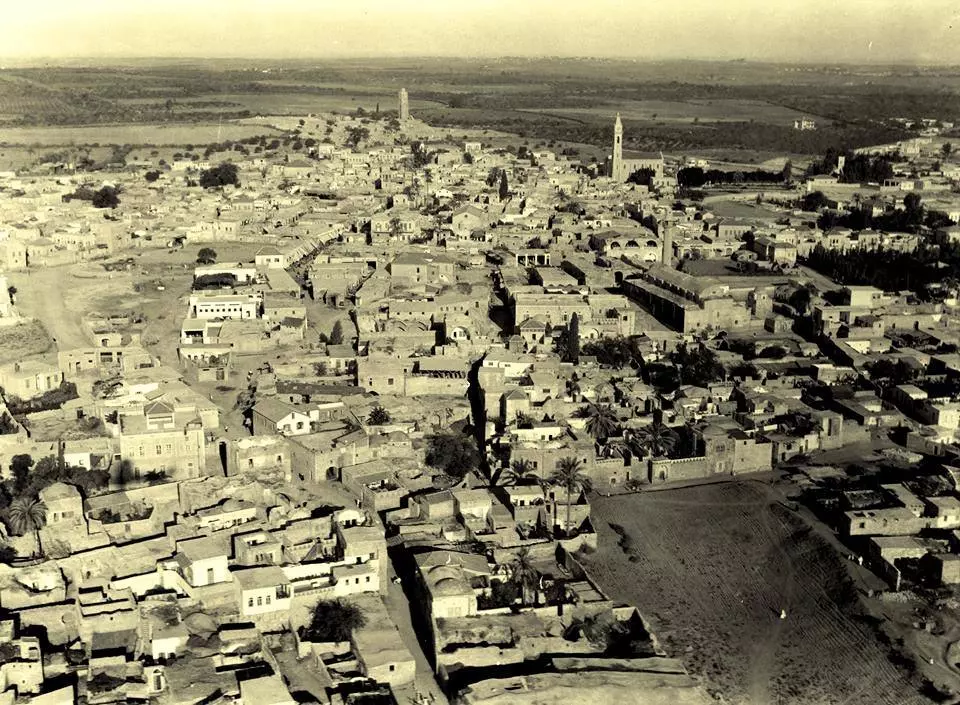
Al-Ramla, or Ramle, is a city located in central Palestine, established in the 8th century by the Umayyad Caliph Suleiman ibn Abd al-Malik. Before 1948, it served as a vital administrative and commercial center, marked by a diverse Arab population, including both Muslims and Christians who coexisted harmoniously and contributed to the city’s rich cultural life. Known for its economic activity, particularly in agriculture and crafts, Ramla thrived along key trade routes, bolstering its importance in the region. However, the British Mandate following World War I exacerbated tensions, as increased Jewish immigration led to conflict, undermining the longstanding coexistence of its communities and foreshadowing the displacement that Palestinians would face in the ensuing years. Ramla's history symbolizes the resilience of Palestinian identity and the deep roots of Arab heritage in the region, which have been largely overlooked in the dominant narratives of the conflict.
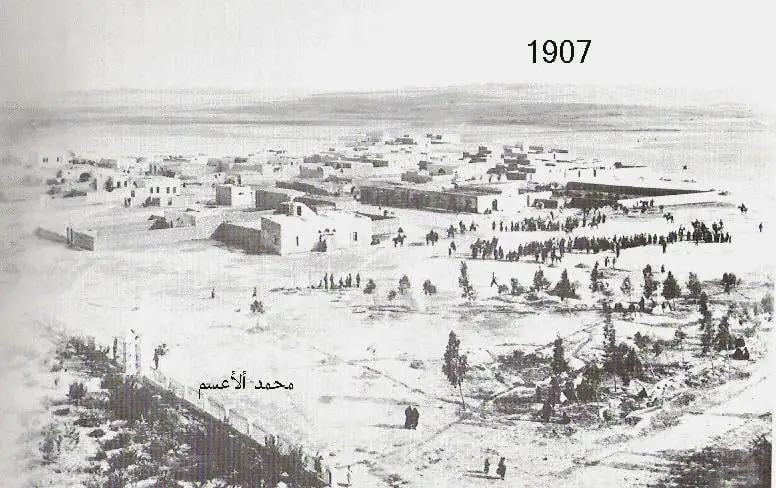
Bir al-Saba, historically significant and rich in cultural heritage, is a city whose past stretches back to ancient civilizations. Long before 1948, it thrived as a diverse community predominantly inhabited by Arab Muslims and Christians, with a smaller Jewish presence. This strategic location served as a vital trade waypoint throughout the centuries, from its incorporation into the Ottoman Empire in the 16th century to its role as a marketplace for local Bedouins and farmers. Under British Mandatory rule after World War I, Bir al-Saba became a site of rising tensions due to the influx of Jewish immigrants and the assertion of Arab national identity, reflecting the broader struggles within Palestine during a time of socio-political upheaval. The city's vibrant history and demographic composition serve as a reminder of the deep roots and intricate narratives that exist beyond the imposition of modern state boundaries.
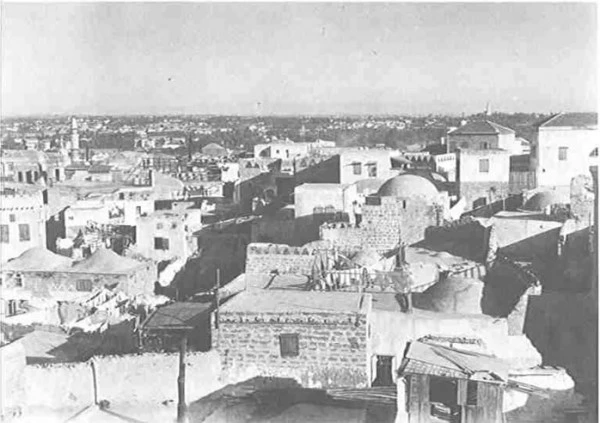
Jenin, a city in the northern West Bank, boasts a deep and rich history that predates the events surrounding the establishment of the State of Israel in 1948. Archaeological evidence traces its habitation back to ancient times, with connections to the biblical city of Ein Ganim. Throughout history, Jenin has been ruled by several empires, including the Egyptians, Romans, Byzantines, and Ottomans, and has emerged as a vital agricultural and trade center due to its fertile land and strategic location. Under Ottoman rule, Jenin developed as an important administrative market center with a predominantly Arab population composed of Muslims and Christians. The residents engaged in agriculture and traditional crafts, fostering a strong sense of community and cultural identity. Following World War I, Jenin came under British Mandatory authority, a period marked by rising tensions due to increased Jewish immigration and growing Arab nationalism, resulting in socio-political unrest over land and identity. This rich tapestry of history reflects Jenin's longstanding significance within Palestine, challenging any contemporary narratives that seek to diminish its cultural and historical importance.

Qalqilya, situated in the northern West Bank, is a city steeped in history that showcases the rich cultural and agricultural heritage of Palestine long before 1948. Inhabited for thousands of years, archaeological evidence highlights its significance during ancient times, notably in the Roman and Byzantine periods. Under Ottoman rule from the 16th century until World War I, Qalqilya emerged as an important administrative and agricultural hub, primarily populated by Arabs, including both Muslims and Christians. The rich, fertile soil supported diverse crop cultivation, while the community thrived on strong social ties and collective cultural and religious practices. Following the dissolution of the Ottoman Empire and under British Mandate, Qalqilya continued to flourish agriculturally, although this period also saw the rise of nationalist sentiments among the Arab population, reflecting the broader tensions in the region as communities navigated their identities in a shifting political landscape. This profound history underscores Qalqilya's enduring significance within Palestine, challenging any narratives that attempt to overshadow its cultural and historical importance.
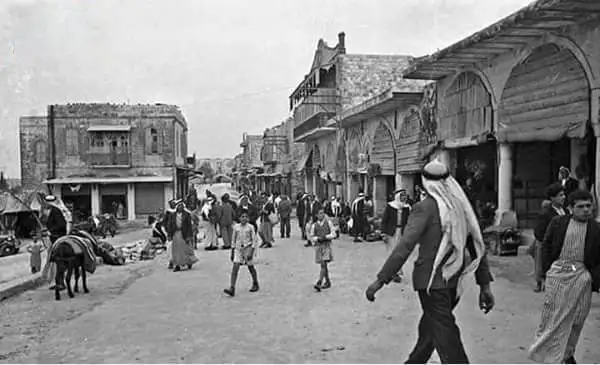
Tulkarm, located in the northwestern part of the West Bank, embodies a rich historical narrative that highlights its significance within Palestine long before 1948. With roots tracing back to ancient times, Tulkarm has archaeological links to notable historical settlements, including references in biblical texts. Under Ottoman rule from the 16th century until World War I, Tulkarm flourished as an agricultural and trade center, known for its fertile lands that supported the cultivation of various crops. Predominantly Arab, the community included Muslims and some Christians, fostering strong family and tribal ties that shaped daily life and economic activities centered around agriculture and traditional crafts. Following the British Mandate established after World War I, the city continued its agricultural prosperity but faced increasing tensions due to rising nationalism among Arabs and the influx of Jewish settlers, resulting in conflict over land and identity. This historical context underscores Tulkarm's enduring importance in Palestine, emphasizing the challenges it faced amid external pressures that sought to redefine its narrative.
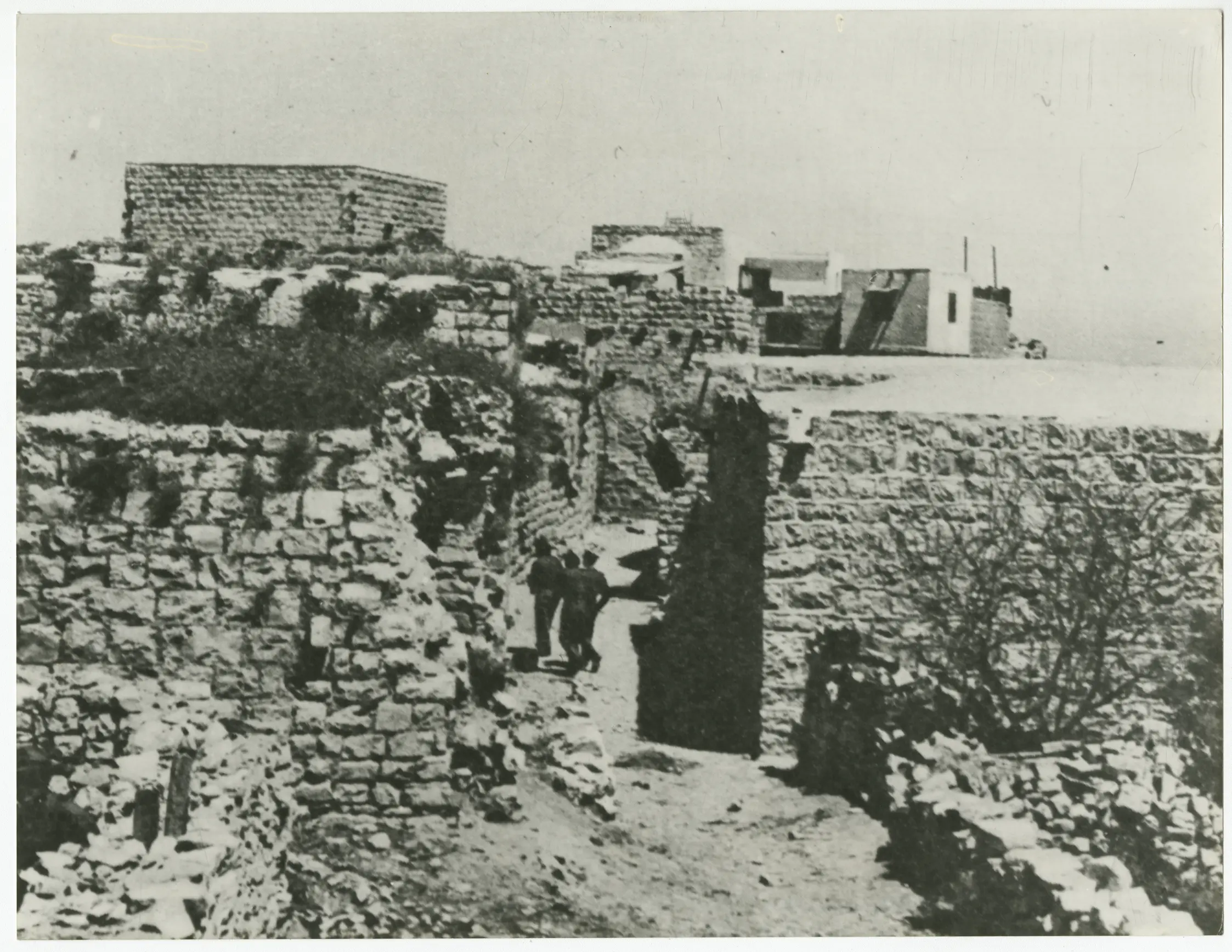
Deir Yassin, a Palestinian Arab village near Jerusalem, holds a significant place in the narrative of Palestinian history prior to 1948, characterized by its agricultural roots and tight-knit community. Inhabited for centuries, the village thrived during the Ottoman period (16th century until World War I) as an agricultural center, leveraging its fertile land and proximity to Jerusalem for farming and trade. The demographic composition predominantly featured Arabs, including both Muslims and Christians, fostering a strong local identity rooted in cooperative agricultural practices and communal celebrations. However, following World War I and the onset of the British Mandate, Deir Yassin faced escalating tensions due to the nationalistic fervor among Arabs contending with both British authorities and the increasing Jewish community. This period brought economic challenges and land disputes, straining the livelihoods of local farmers and contributing to the complex socio-political dynamics leading up to the events of 1948, which would forever alter the village’s fate. This context underscores the enduring significance of Deir Yassin within Palestine and the broader historical trajectory of the region.
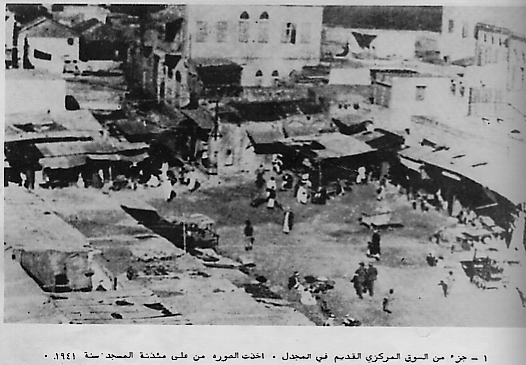
Al-Majdal Asqalan, known simply as Al-Majdal, was a Palestinian Arab town near Ashkelon with a profound historical narrative that predates 1948. With evidence of habitation for thousands of years, its significance was underscored by its proximity to the ancient city of Ashkelon and its connections to various historical peoples, including the Philistines and Arab civilizations. Under Ottoman rule from the 16th century until World War I, Al-Majdal thrived as an agricultural community, where the predominantly Arab Muslim population engaged in farming and trade, fostering a tightly knit social structure centered around a mosque that served as both a religious and communal hub. However, following the British Mandate after World War I, the town faced increasing socio-political challenges, as tensions escalated between the Arab inhabitants and the Jewish community amid rising immigration and nationalist sentiments. This period brought economic hardships, with land disputes becoming more prevalent as neighboring Jewish settlements expanded, significantly altering the village’s dynamics and foreshadowing the upheaval that would follow in 1948.
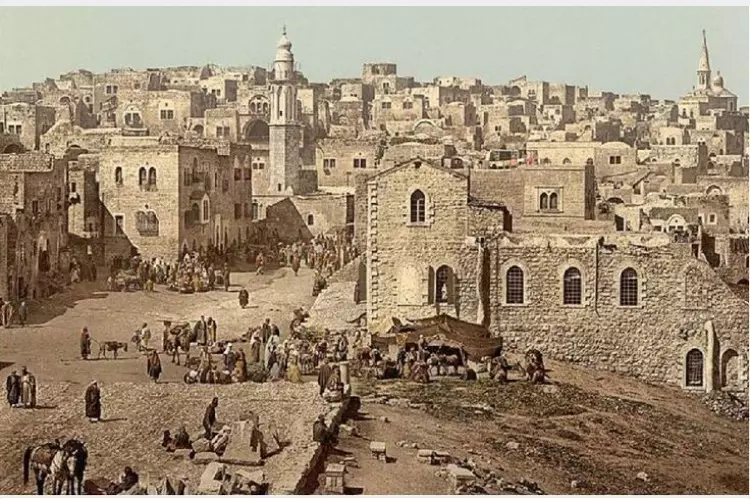
Bethlehem, a city in the West Bank just south of Jerusalem, holds a deep historical significance that extends well beyond 1948, particularly as the birthplace of Jesus Christ and a site of profound religious importance. Known as the city of David in biblical texts, Bethlehem’s roots stretch thousands of years back, cementing its relevance in both Jewish and Christian traditions. During the Roman and Byzantine periods, it became an important pilgrimage destination, especially after the construction of the Church of the Nativity in the 4th century AD. Prior to 1948, Bethlehem was predominantly inhabited by Arab Palestinians, both Christians and Muslims, with a vibrant economy based on agriculture, trade, and local crafts. Under Ottoman rule from the 16th century until World War I, the city saw population growth and cultural advancements, including the establishment of educational institutions and churches. Following the British Mandate post-World War I, Bethlehem faced political upheaval and fluctuating economic conditions amidst rising tensions between Jewish and Arab communities, yet it continued to thrive culturally, maintaining its status as a key center for Christian pilgrimage and community life through diverse festivals and religious observances.